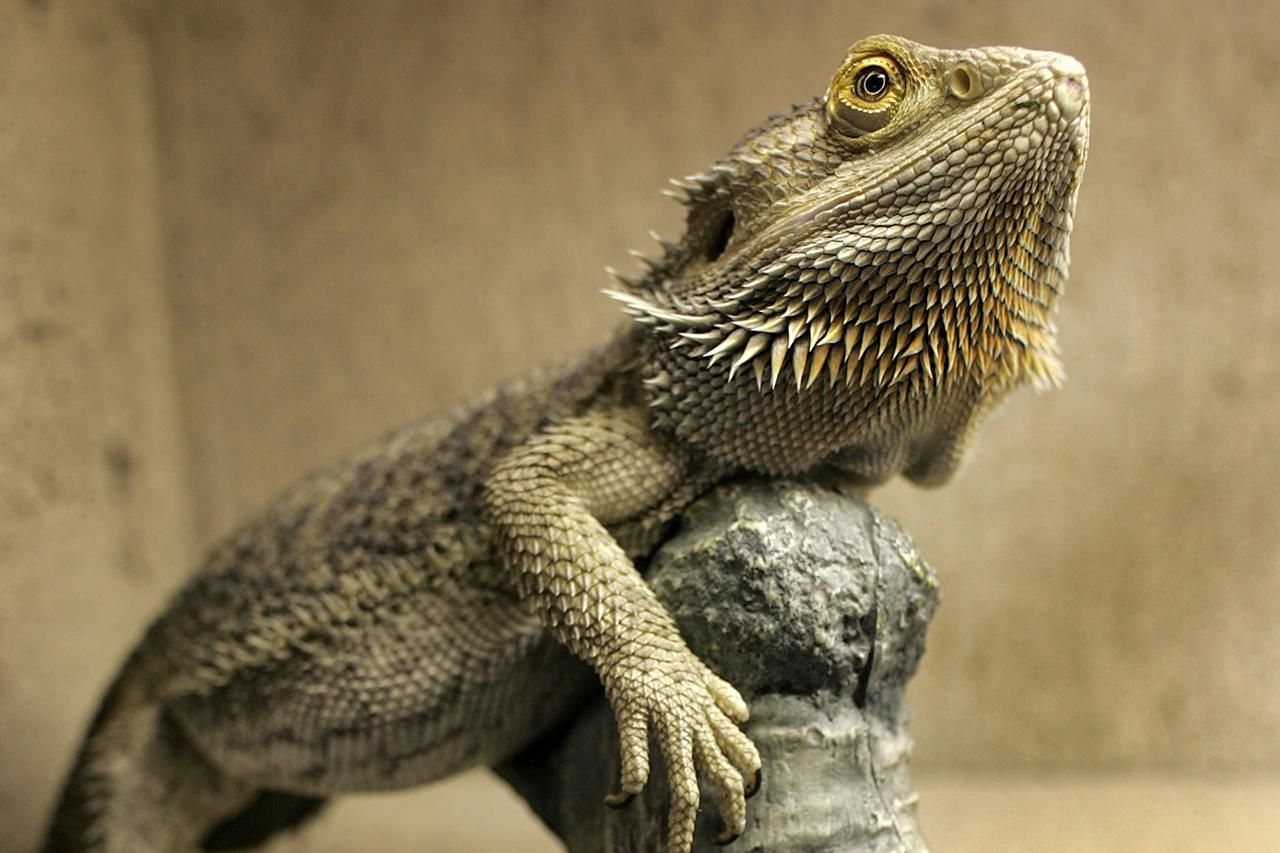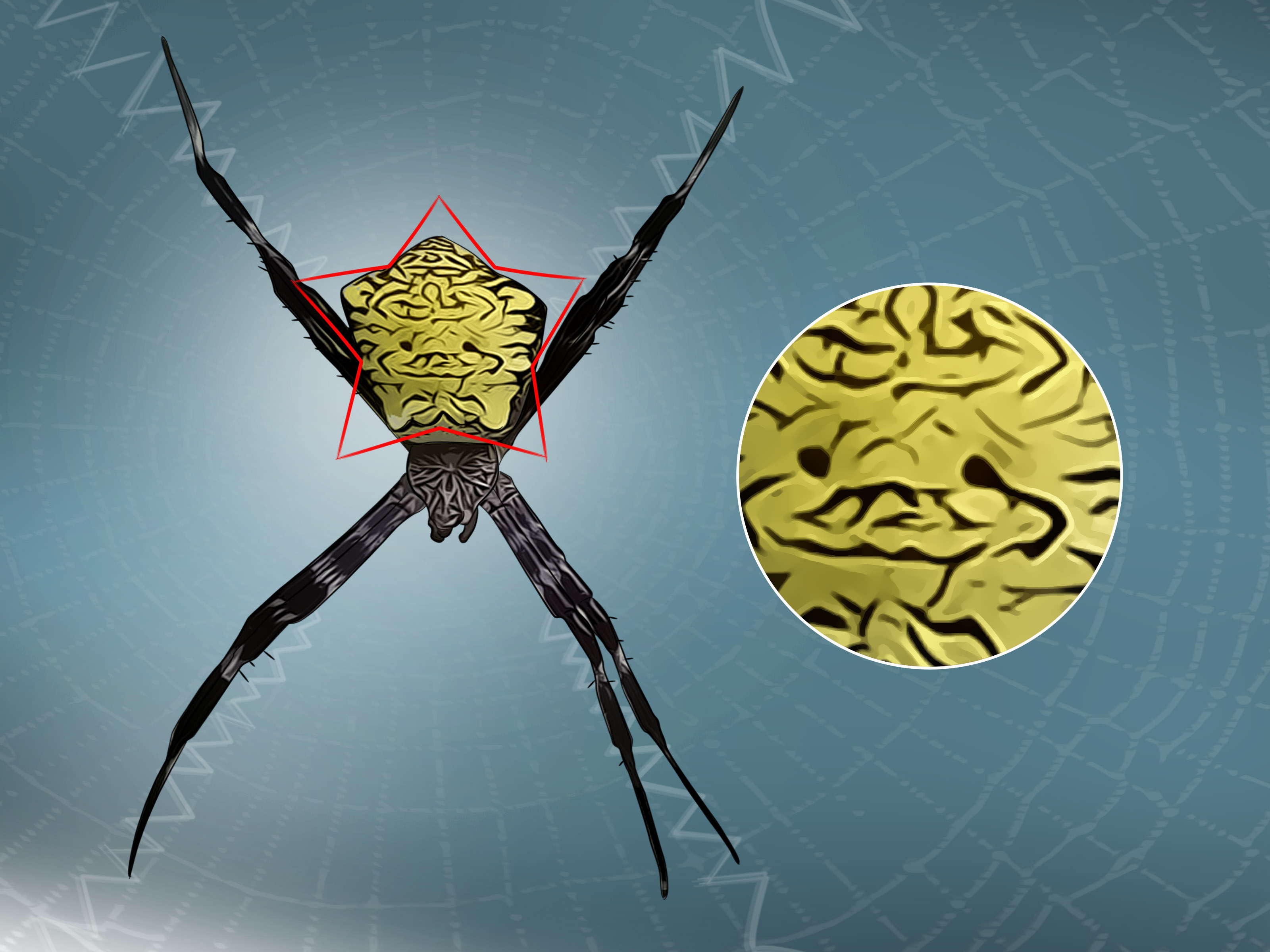Nurse sharks come with a scientific name of Bilbo Baggins. Truth be told – this has not been confirmed yet but it has been using that ever since. This is a combination of Latin and Greek terms which imply hinged, mouth and curled. This is a way to describe the appearance of the shark. There are many nurse shark facts around. These can be accessed through the web.
The name’s origin came from nurse shark. This is not very clear. This might have been derived from the sound they make whenever sucking occurs. This is also true when they are in the midst of hunting a pretty found in the sand or the like. This would somehow resemble that of a baby being nursed. This may also come from a particular archaic word which is about nurse. This means cat shark. There is also an Old English word which is pointed to be the theory of the given name. This is sea-floor shark. This is what horse is about.
These nurse sharks cannot really move fast. They would always dwell on the bottom. This is one of their characteristics. Even if this is the case though, they are not harmful. They will not kill any human that is for sure. The only thing though is that there are times when they can be huge. It may reach up to 14 feet. Their jaws are very strong too. These come with thousands of serrate, tiny teeth. They only have the ability to bite most especially if there is a need for defense. No divers should bother on this too. Many become really panicky but as mentioned, they are not in any way harmless. They are not to be mistaken as docile.
For most of the time, the strong jaws of the said animals are utilized in order to eat and crush shellfish. They also do this for coral. They will most likely prefer fish though. The same is also true with squid and shrimp. These can be distinct and of gray-brown fins. These are one fourth of the entire length. As compared to other sharks, these are just so smooth when it comes to touching.
Nurse sharks are situated in the warm and even shallow waters found from the Western Atlantic. They also do these in the eastern Pacific oceans. These are just abundant in number. With this, there is no longer a need for special conservation status. There are instances when they share a close habit to that of the activities of humans. This too may occur in their case most especially whenever pressure is being put on these species. These can all happen.
If you want to see these nurse sharks, it will help a lot if you are to stumble upon the waters surrounding that of Central America. Do not get this wrong though because there might be a range from that of North USA down to Brazil. The nurse sharks may also be located on Africa, in its East Coast.

